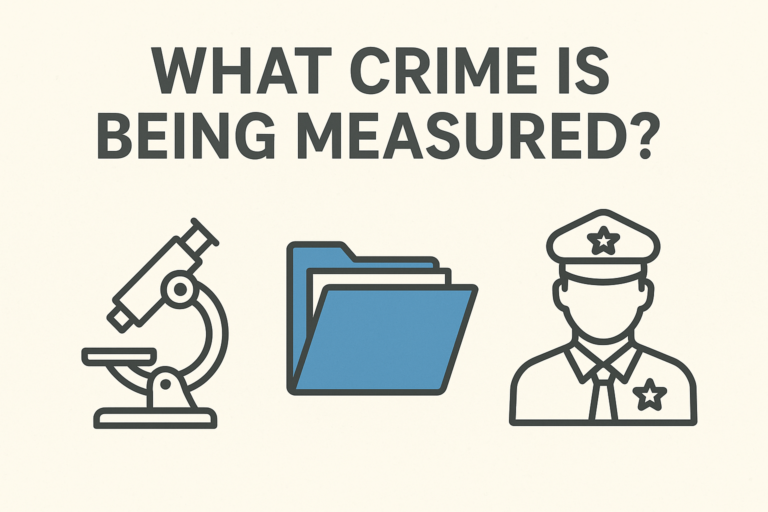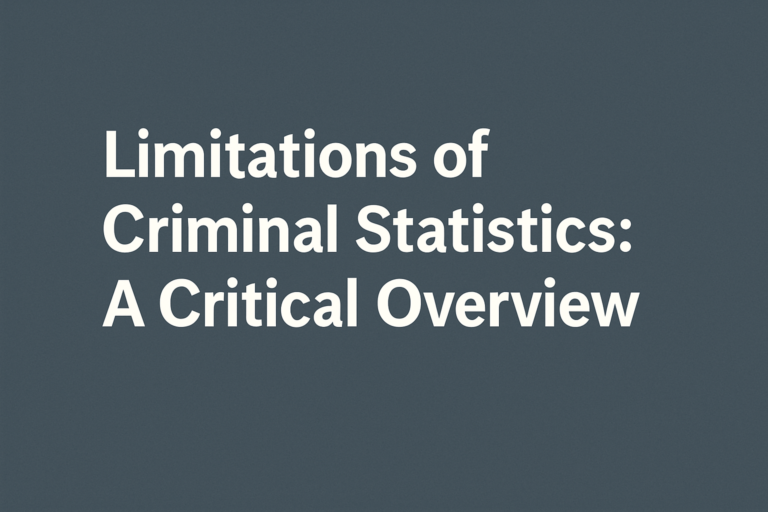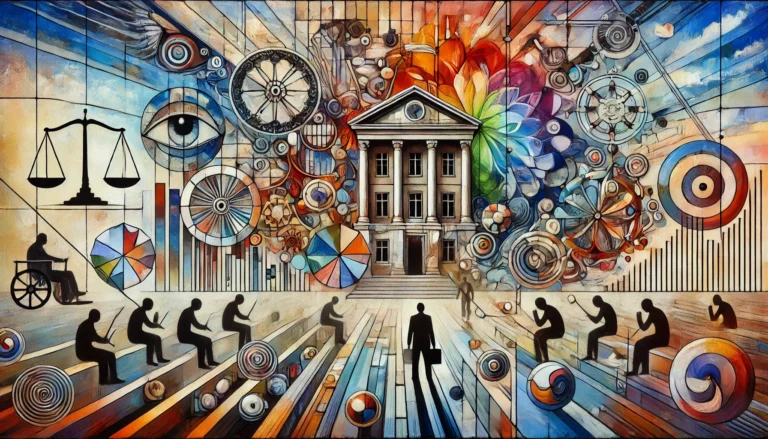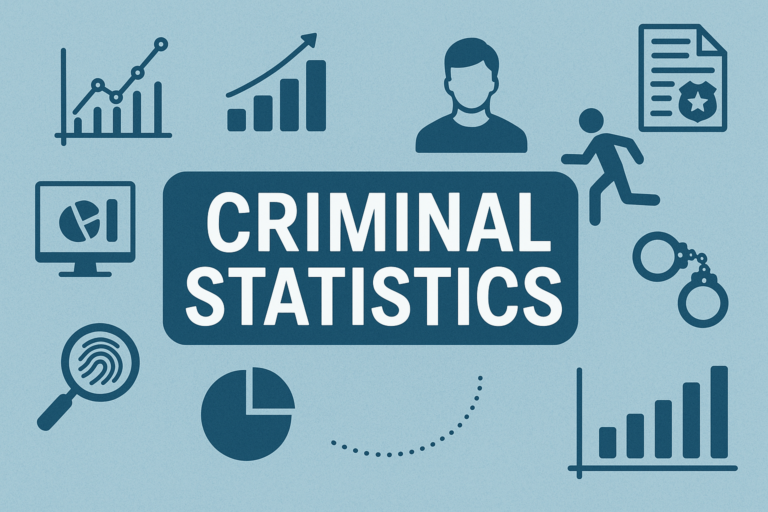Differential Association Theory: A Comprehensive Analysis
Introduction: Differential Association Theory
Differential Association Theory is one of the most influential theories in criminology. Developed by Edwin Sutherland, this theory provides a sociological perspective on criminal behavior, arguing that crime is learned through social interactions rather than being an inherent trait. This theory is particularly relevant in understanding various types of criminal activities, including white-collar crime, organized crime, and gang-related offenses.
In this article, we will explore the origins and principles of Differential Association Theory, its applications in criminology, criticisms, and how it can be applied to modern crime trends such as cybercrime and corporate fraud.
Origins and Development of the Theory
Edwin Sutherland and His Contribution to Criminology
Edwin Sutherland (1883-1950) was a pioneering criminologist who sought to understand crime through a sociological lens rather than biological or psychological explanations. His work laid the foundation for the study of white-collar crime, and his Differential Association Theory became a cornerstone of modern criminology.
Sutherland argued that criminal behavior is not inherited or the result of abnormal psychology but rather a learned behavior influenced by social relationships. His theory was revolutionary because it challenged earlier perspectives that attributed crime to genetics, intelligence levels, or psychological abnormalities.
Core Principles of Differential Association Theory
Sutherland outlined several key principles in his theory:
- Criminal behavior is learned – It is not inherited or instinctual.
- Learning occurs through social interaction – Individuals acquire criminal behavior by associating with others.
- Learning includes techniques and motivations – Criminals develop skills and rationalizations for their actions.
- Influence of peer groups – People are more likely to engage in crime if they are exposed to a greater number of pro-criminal attitudes than anti-criminal ones.
- The frequency, duration, priority, and intensity of associations matter – The impact of criminal influences depends on how often, how long, how early in life, and how strongly one interacts with them.
- Criminal behavior is the result of an imbalance in definitions of the law – If individuals are exposed to more favorable definitions of violating the law than unfavorable ones, they are likely to engage in criminal acts.
Applications of Differential Association Theory
Gang Involvement and Youth Crime
One of the most well-documented applications of Differential Association Theory is in explaining gang involvement. Studies show that individuals who grow up in neighborhoods with high crime rates and frequent exposure to gang activities are more likely to adopt criminal behaviors.
White-Collar Crime
Sutherland extended his theory to explain corporate and white-collar crimes. Unlike traditional crimes, these offenses are often committed by individuals in high-status occupations who learn unethical or illegal practices from their colleagues.
Cybercrime and the Digital Age
With the rise of the internet, Differential Association Theory has become relevant in understanding cybercrime. Online communities can serve as breeding grounds for criminal learning, where hackers, fraudsters, and cybercriminals share knowledge and tactics.
Prisons as Learning Environments
Ironically, prisons, which are meant for rehabilitation, can act as schools for crime. Inmates are exposed to criminal techniques, strategies, and justifications, reinforcing their involvement in crime upon release.

Criticism and Limitations of the Theory
While Differential Association Theory is highly influential, it has faced several criticisms:
- It does not account for personality traits – Some individuals may be naturally more inclined toward crime due to psychological factors.
- It assumes all learning is direct – The theory does not consider the influence of media, movies, and video games in shaping criminal behavior.
- It does not explain spontaneous or impulsive crimes – Some crimes are committed without prior exposure to criminal influences.
- It lacks empirical measurement – It is difficult to quantify the exact impact of criminal associations on behavior.
Modern Implications and Crime Prevention Strategies
Understanding Differential Association Theory can help policymakers develop strategies to reduce crime, such as:
- Mentorship programs for at-risk youth to limit exposure to criminal influences.
- Stricter corporate regulations to prevent white-collar crimes.
- Cybercrime prevention through monitoring and awareness campaigns.
- Rehabilitation-focused prison programs that break cycles of criminal learning.
Edwin Sutherland: Architect of a Sociological Perspective on Crime
Edwin H. Sutherland is widely recognized as one of the most influential criminologists of the 20th century, and his contributions fundamentally reshaped how scholars and practitioners understand criminal behavior. Prior to Sutherland’s work, criminology was heavily dominated by biological and psychological theories that framed crime as a result of inherited traits, mental illness, or moral deficiency. However, Sutherland introduced a transformative approach by emphasizing the social context of crime.
He believed that to understand why people commit crimes, we must first understand their social environments—who they associate with, what values they absorb, and how their behaviors are shaped through interaction. His groundbreaking book “Principles of Criminology,” first published in 1939, laid the foundation for his most famous contribution: the Differential Association Theory. In this theory, Sutherland asserted that criminal behavior is not innate but learned through communication and association with others who advocate or participate in criminal acts.
Sutherland’s work was also revolutionary because he did not limit his analysis to traditional street crimes. He challenged existing stereotypes by introducing the concept of white-collar crime in 1940, arguing that individuals in respectable and high-status occupations were just as capable of criminal behavior as those from marginalized backgrounds. This idea was radical at the time and helped shift criminology from a focus on the poor and underprivileged to a more balanced view that includes elite deviance.
Through his writings and academic influence, Sutherland helped institutionalize criminology as a scientific and sociological discipline. His insistence on using empirical evidence, along with his focus on patterns of behavior and interaction, continues to inform modern studies on criminal networks, organized crime, and even cybercrime.
Ultimately, Edwin Sutherland did more than just propose a theory—he offered a paradigm shift that encouraged generations of criminologists to look beyond the individual and examine the social fabric in which crime occurs.
Comparative Analysis with Other Criminological Theories
To fully appreciate the value of Differential Association Theory, it is important to compare it with other prominent criminological theories. For instance, while the Biological Theory of crime emphasizes genetic predispositions and neurological abnormalities, and the Psychological Theory focuses on individual mental states and behavioral conditions, Sutherland’s theory offers a sociological framework grounded in social context and learning. Unlike Rational Choice Theory, which assumes that criminals make calculated decisions based on cost-benefit analysis, Differential Association Theory highlights the influence of peers and cultural environment.
Gender and Differential Association Theory
Gender plays a significant role in the transmission of criminal behavior. Studies have shown that males are more likely to engage in criminal acts due to stronger peer pressure and exposure to aggressive models. However, when females are part of deviant subcultures, similar learning patterns emerge. This suggests that while gender may influence the prevalence of criminal behavior, the learning mechanisms proposed by Sutherland remain consistent across both sexes.
The Role of Family and Early Socialization
Family is often the primary source of early socialization and plays a critical role in shaping future behaviors. Children who grow up in households where criminal behavior is normalized—either through direct involvement or through justifications for illegal actions—are more likely to adopt those behaviors themselves. This supports Sutherland’s notion that frequency, duration, priority, and intensity of associations matter.
Cultural and Societal Factors
Differential Association Theory also intersects with cultural criminology, particularly in understanding how cultural norms and values shape definitions of legality and illegality. In some societies, certain illegal behaviors may be viewed as acceptable or even honorable, depending on historical or social context. This cultural relativism supports the theory’s claim that criminal behavior is learned and not innately deviant.
Policy Implications in Educational Settings
Schools serve as significant environments for either the promotion or prevention of criminal learning. Peer associations formed in educational institutions can heavily influence behavior. Policies aimed at fostering inclusive, supportive school cultures can mitigate the risk of students becoming involved in delinquency. School counselors and educators must be trained to identify at-risk youth and implement early interventions based on the principles of Differential Association Theory.
Future Research Directions
As society evolves, especially with advancements in technology and changes in social structures, future research could focus on:
- The role of virtual communities and digital peer groups in the learning of criminal behavior.
- Longitudinal studies tracking criminal associations over time and their impact on life outcomes.
- Cross-cultural studies to determine how the theory applies in non-Western societies.
- Integration of the theory with psychological and biological factors for a more holistic understanding.
Conclusion
Differential Association Theory remains one of the most influential criminology theories. By emphasizing social learning and peer influences, it highlights how criminal behavior is shaped by environmental factors rather than innate traits. Understanding this theory is crucial in addressing crime at its root cause and implementing effective crime prevention policies.







